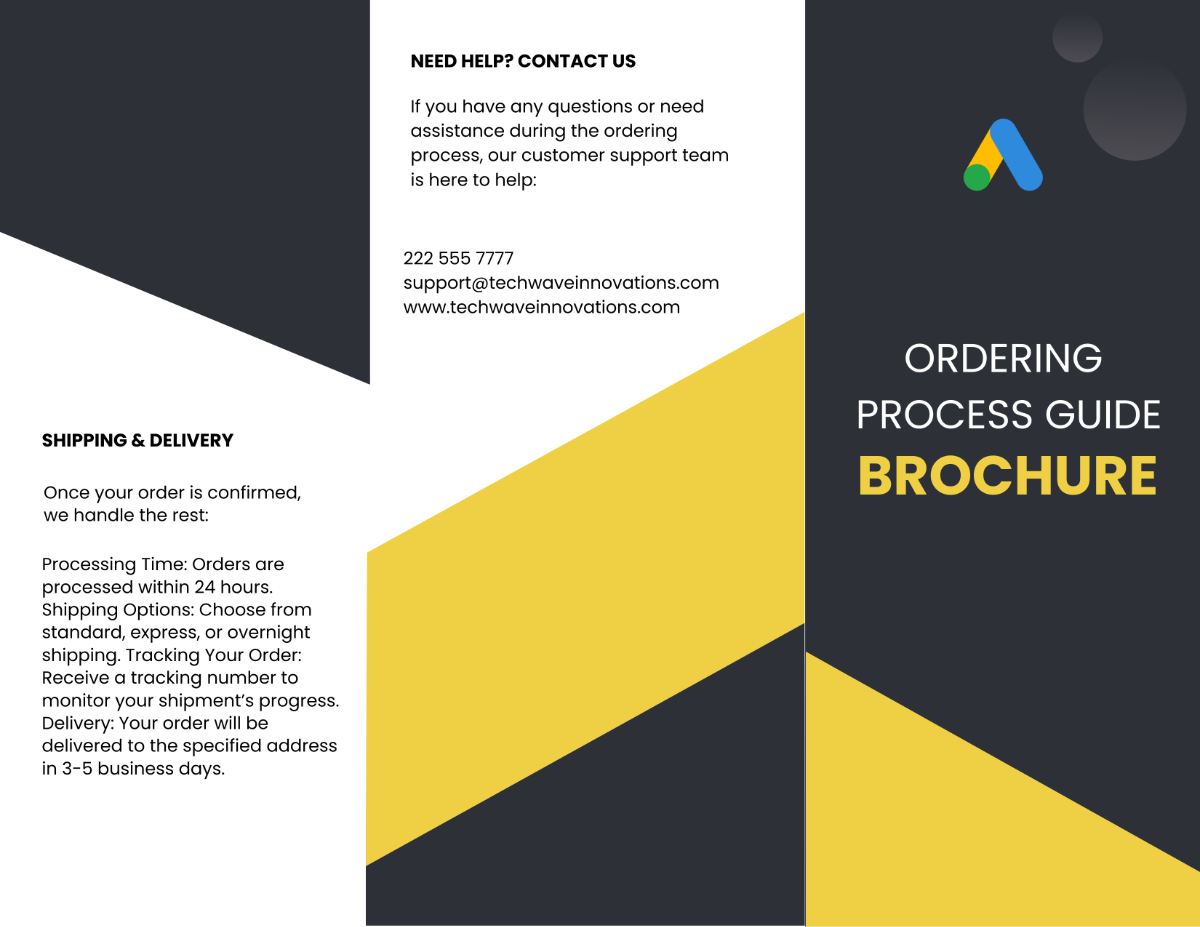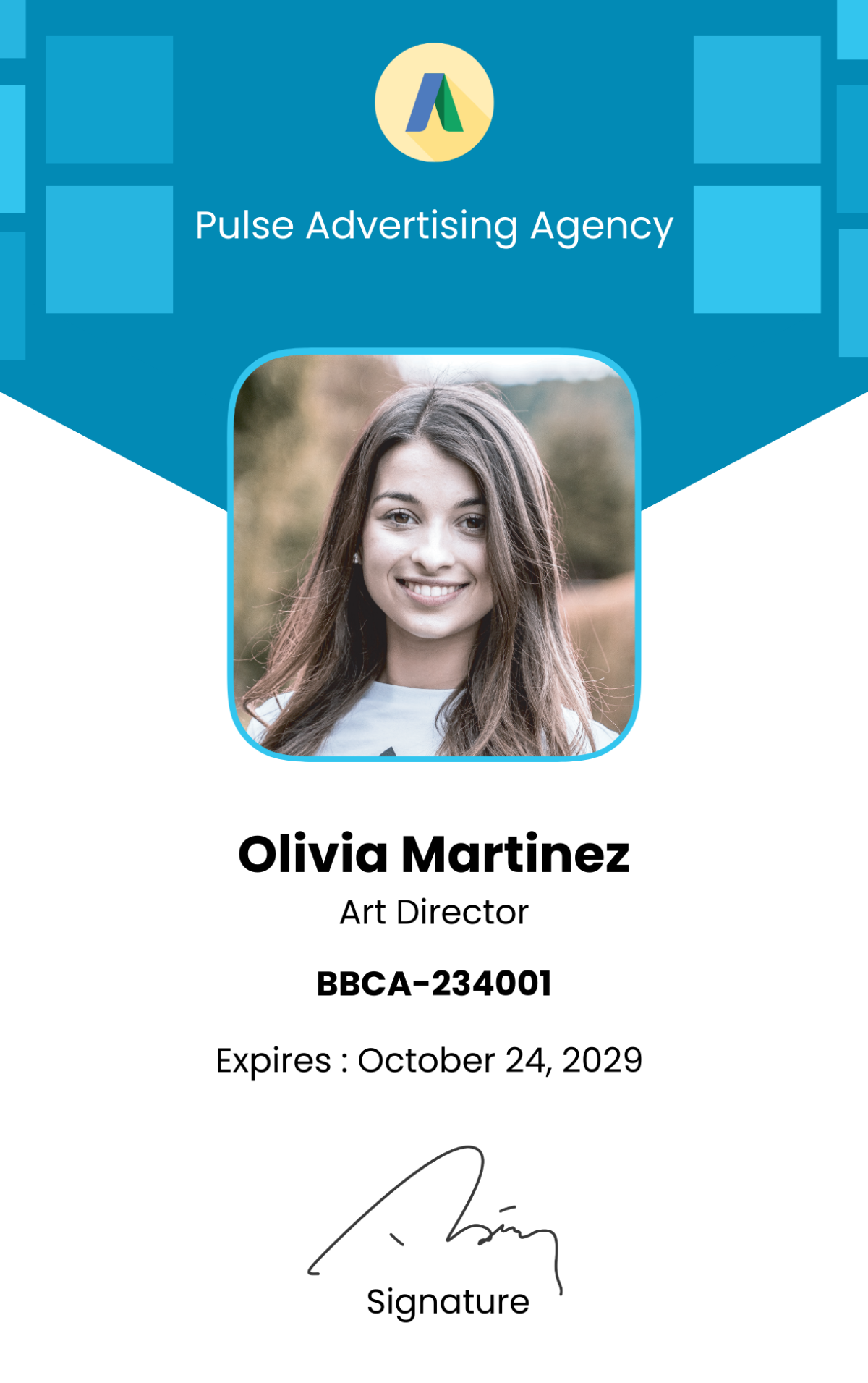Advertising Conversion Tracking Setup Guide
I. Introduction
Welcome to the guide for setting up advertising conversion tracking for [Your Company Name]. This guide is essential for understanding and implementing a system to track and analyze the effectiveness of your advertising efforts. By the end of this guide, you will have a robust framework to measure the success of your ads across various platforms, enabling you to make data-driven decisions to optimize your advertising ROI.
II. Understanding Conversion Tracking
A. Definition and Importance
Conversion tracking is a method to measure actions that users take after clicking on your ad, such as making a purchase or signing up for a newsletter.
Understanding these actions helps in evaluating the performance of your advertising campaigns and in making informed marketing decisions.
It's a crucial component for determining the ROI of your advertising spend and helps in reallocating budgets effectively.
B. Types of Conversions to Track
Online Purchases: Track sales from online purchases directly through our website.
Newsletter Sign-ups: Measure the effectiveness of campaigns aimed at increasing your subscriber base.
Downloading a Brochure: Assess interest in your products or services through downloads.
Completing a Contact Form: Gauge lead generation success by completing a contact form.
III. Setting Up Conversion Tracking
A. Creating Conversion Goals
Define Your Conversion Goals: Decide what constitutes a conversion for your business, such as a sale, a sign-up, or a download.
1.1. Clearly defining these goals helps in aligning your advertising strategies with business objectives.
1.2. These goals should be specific, measurable, and aligned with your overall marketing targets.
Setting Up Goals in an Analytics Tool: Use analytics platforms like Google
Analytics to create and manage your goals.
2.1. Navigate to the “Goals” section, select “New Goal,” and choose the type of goal that aligns with your objectives.
2.2. Detail out the goal, like specifying the URL for a thank-you page to track online form submissions.
B. Implementing Tracking Codes
Generate Tracking Code
1.1. In your analytics platform, find the tracking code section and generate a unique code.
1.2. This code is critical for gathering data on user interactions with your website.
Add Code to Website
2.1. Place the tracking code in the header section of your website to ensure it tracks all relevant user actions.
2.2. Verify the code is present on all pages you wish to track for accurate data collection.
C. Integrating with Advertising Platforms
Link Analytics with Advertising Platform
1.1. Integration allows for a seamless flow of data between your advertising campaigns and analytics.
1.2. In your advertising account, navigate to the conversions section and link it with your analytics account to import the goals.
IV. Analyzing Conversion Data and Optimization
A. Analyzing Conversion Data
Conversion data is instrumental in understanding the user journey and identifying any bottlenecks in the conversion process. It is important to:
Regularly check your analytics dashboard for updated conversion data.
Familiarize yourself with key metrics like conversion rate, cost per conversion, and total conversion value to assess campaign performance.
Here’s the data for conversion analysis:
Campaign Name | Clicks | Impressions | Conversions | Conversion Rate | Cost per Conversion |
[Campaign Name] | 2,000 | 50,000 | 150 | 7.5% | $20 |
B. Optimizing Campaigns Based on Data
Here are the best practices to optimize campaigns:
Analyze the data to identify which campaigns are yielding the best results and allocate your budget accordingly.
Continuously experiment with different ad creatives, target audiences, and landing pages to improve conversion rates and reduce the cost per conversion.
V. FAQ
Q: How often should I check conversion data?
A: Regular monitoring, like weekly, is recommended to stay updated on campaign performance and make timely adjustments.
Q: What should I do if I see a low conversion rate?
A: Analyze the ad copy, landing page, and audience targeting. Consider A/B testing different elements to identify what works best.

















































